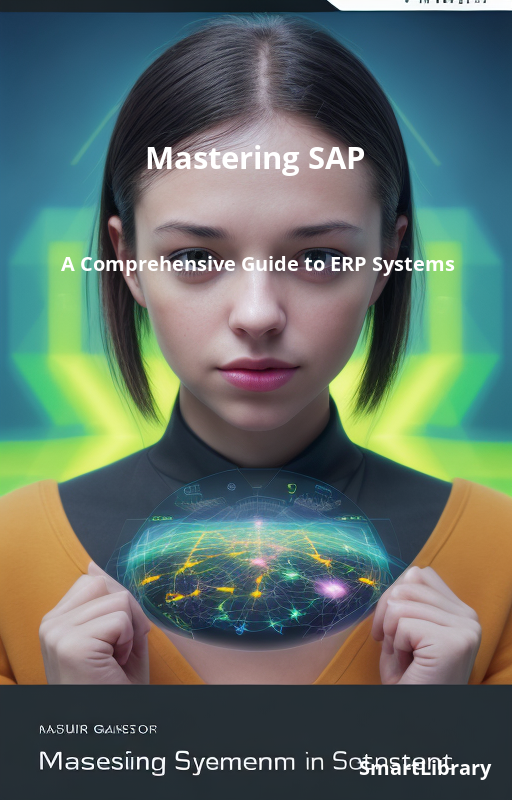
Mastering Software Testing: Techniques and Best Practices
"Mastering Software Testing: A Comprehensive Guide to Quality Assurance" offers a comprehensive exploration of the critical topic of software testing. This textbook recognizes the importance of software testing in delivering high-quality software products and provides readers with a comprehensive understanding of the subject matter.
The book begins by delving into the fundamentals of software testing, establishing a solid foundation for readers. It covers the different levels of testing, starting with unit testing, which involves testing individual components or units of code in isolation. The textbook explains the intricacies of unit testing and provides readers with practical guidance on how to effectively design and execute unit tests. It highlights the significance of writing testable code and emphasizes the benefits of test-driven development.
Moving beyond unit testing, the book then proceeds to explore integration testing. Integration testing entails verifying the proper functioning and interaction of different components within a system. This section of the textbook equips readers with the knowledge and skills required to perform integration testing effectively. It discusses various integration testing techniques, including top-down testing, bottom-up testing, and sandwich testing. Real-world examples and case studies are incorporated to illustrate the concepts and techniques discussed.
Regression testing, another critical aspect of software testing, is thoroughly covered in the book. Regression testing involves retesting previously tested software to ensure that updates or modifications have not introduced new errors or adversely affected existing features. The textbook provides readers with a comprehensive understanding of regression testing techniques, methodologies, and best practices. It emphasizes the importance of test automation in regression testing and demonstrates how to leverage automation tools for efficient and effective regression testing.
In addition to these core testing topics, the book dives into advanced techniques for test design, automation, and management. Readers are introduced to advanced test design techniques, such as boundary value analysis, equivalence partitioning, and decision tables. The textbook emphasizes the importance of a well-designed test suite in maximizing test coverage and effectiveness. It provides detailed insights into test automation, discussing strategies for selecting appropriate tools, building robust test scripts, and integrating automation into the testing process. Furthermore, readers are guided through the intricacies of test management, including test planning, estimation, execution, and reporting.
Throughout the book, real-world examples and expert insights are used to illustrate and reinforce key concepts. These examples help readers understand how to apply the principles and techniques discussed in practical scenarios. The book also addresses common challenges in software testing and provides guidance on overcoming them effectively.
"Mastering Software Testing: A Comprehensive Guide to Quality Assurance" is a valuable resource for software developers, testers, quality assurance professionals, and anyone involved in the software development lifecycle. By leveraging the knowledge and insights gained from this book, readers can enhance their software testing skills, improve the quality of their software products, and excel in their software development careers.

























































































































